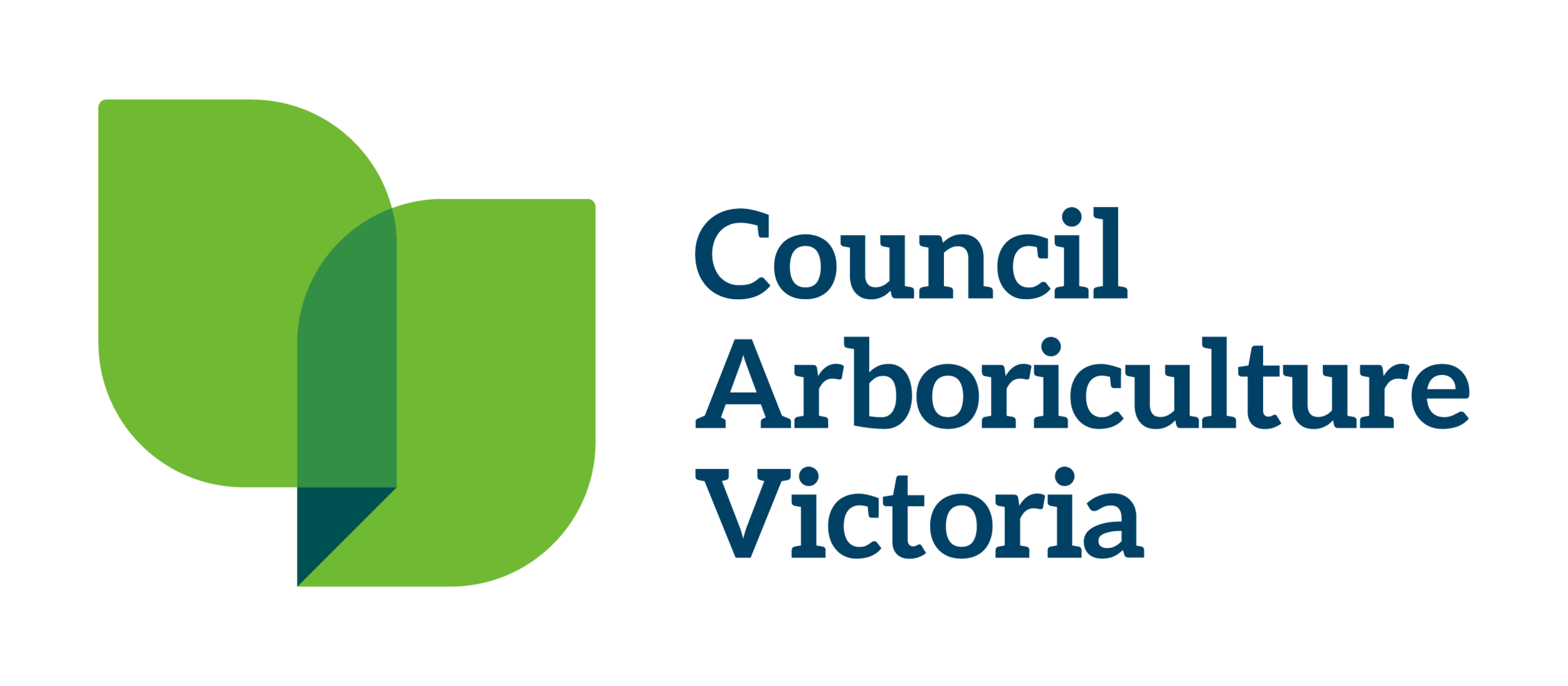FAQ
Answers to some common questions.
CAV represents the interests of arborists, tree managers and related professions working in local government in Victoria. CAV does not provide specific arboricultural advice or assessments to the general public. The following general information answers some common questions relating to trees and arboriculture.
